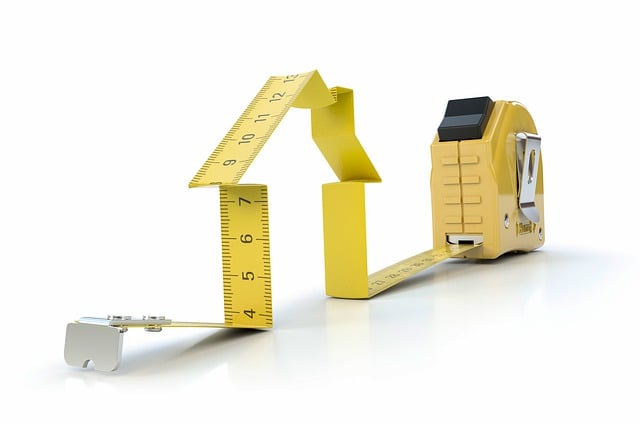DIY Home Improvement: A Guide to Transforming Your Space on a Budget
Are you tired of feeling like your home is dated and in need of a makeover? Do you want to give your space a fresh new look without breaking the bank? If so, you’re in luck! DIY home improvement projects are a great way to transform your space on a budget, and with a little bit of creativity and elbow grease, you can achieve professional-looking results without hiring a contractor.
Benefits of DIY Home Improvement
Before we dive into the nitty-gritty of DIY home improvement, let’s talk about the benefits of taking on these types of projects. By doing the work yourself, you can:
- Save money on labor costs
- Customize your project to fit your specific needs and style
- Develop a sense of pride and accomplishment in your work
- Improve the value of your home
- Enhance your DIY skills and confidence
Popular DIY Home Improvement Projects
So, what types of DIY home improvement projects can you tackle on your own? Here are a few popular ideas to get you started:
- Painting: Paint is one of the easiest and most affordable ways to transform a room. Choose a new color scheme and get to work!
- Tiling: Whether you’re looking to update your bathroom or kitchen, tiling is a DIY-friendly project that can add a lot of visual interest to a space.
- Lighting: Update your lighting fixtures to give your space a modern and inviting glow.
- Shelving: Build custom shelving units to provide storage and style to any room.
- Landscaping: Give your outdoor space a makeover by planting new flowers, trees, and shrubs, or building a deck or patio.
Tools and Materials You’ll Need
Before you start your DIY home improvement project, make sure you have the necessary tools and materials on hand. Here are a few essentials to get you started:
- Basic power tools: drill, saw, sander, etc.
- Hand tools: hammer, tape measure, level, etc.
- Paint and painting supplies: paintbrushes, rollers, etc.
- Tiling supplies: tiles, adhesive, grout, etc.
- Lighting fixtures and materials: lights, wiring, etc.
- Wood and building materials: lumber, nails, screws, etc.
Tips and Tricks for Success
While DIY home improvement projects can be fun and rewarding, they can also be challenging and frustrating if you’re not prepared. Here are a few tips and tricks to help you succeed:
- Start with a plan: Before you begin, make sure you have a clear plan in mind. Measure your space, make a list of materials, and set a timeline.
- Watch tutorials and online guides: If you’re not sure how to complete a specific task, watch a tutorial or online guide to learn the basics.
- Practice patience: DIY home improvement projects can be time-consuming and frustrating at times. Practice patience and take breaks when needed.
- Don’t be afraid to ask for help: If you’re feeling overwhelmed or unsure about a specific aspect of your project, don’t be afraid to ask for help. Reach out to a friend or family member with experience, or consider hiring a professional.
Conclusion
DIY home improvement projects are a great way to transform your space on a budget. With a little bit of creativity and elbow grease, you can achieve professional-looking results without breaking the bank. Remember to start with a plan, practice patience, and don’t be afraid to ask for help when needed. Happy DIY-ing!



